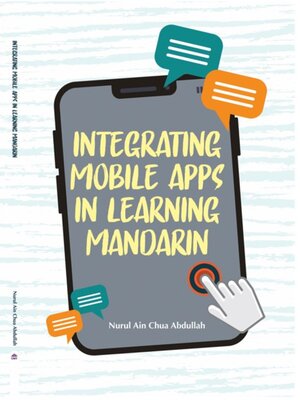
Sign up to save your library
With an OverDrive account, you can save your favorite libraries for at-a-glance information about availability. Find out more about OverDrive accounts.
Find this title in Libby, the library reading app by OverDrive.



Search for a digital library with this title
Title found at these libraries:
| Library Name | Distance |
|---|---|
| Loading... |
Advanced, digital technologies are currently the forefront in leading the way people present, create, process, record, and transfer information. The evolving innovations in mobile technology have resulted in higher education changes and somehow pose challenges to educators. Classrooms are moving towards virtual learning and the demand for digitally proficient and innovative people is increasing, simultaneously. Digital education demands instructors to be dynamic and willing to capitalize on their strengths while improving self-competence weaknesses. This includes a high awareness of the dynamicity in mobile learning and understands learners' needs to produce successful outputs and outcomes. A teacher's technological skills are expected to provide learners of all levels with great learning experiences. Valentina (2016) propagates that efforts on self-training ability to develop educational materials, process information, support and conclude them based on necessary data are continually increasing. However, due to inadequate, reported self-observation being carried out by educators in their respective disciplines, the establishment of the critical theories and practices has been scarce and delayed (Clegg, 2018). Thus, educators are encouraged to engage in self-observation how to balance the path and contribute to the resolution for technology-enhanced instructions towards addressing the paradox.







